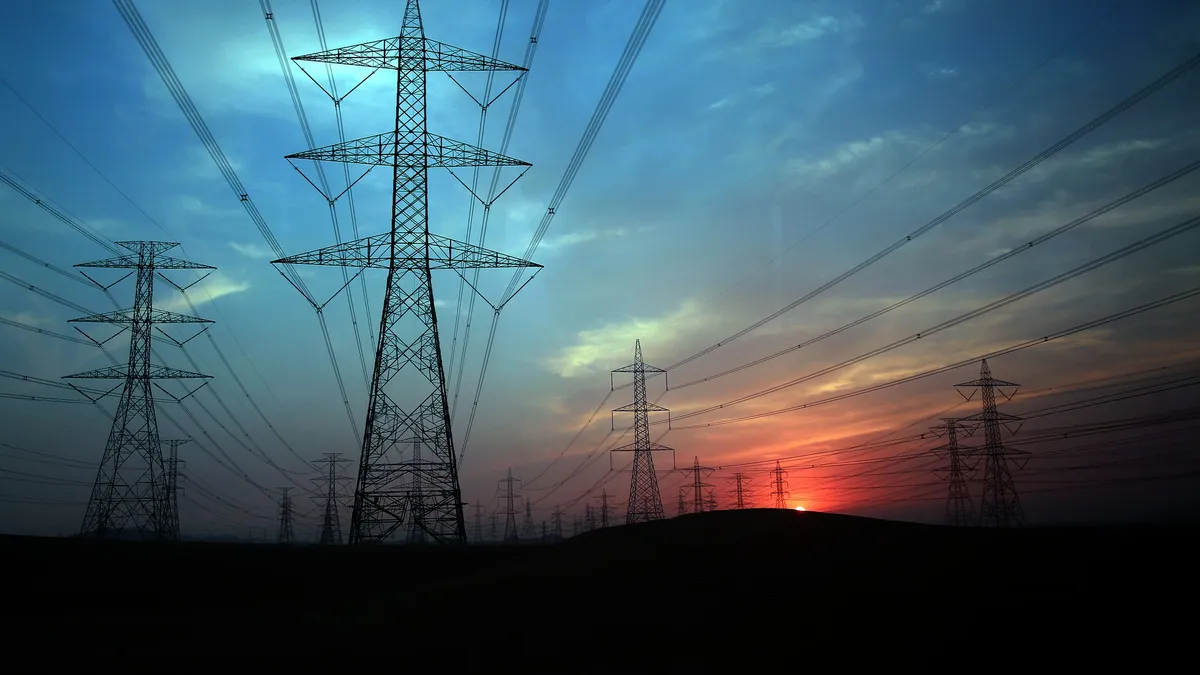Dive Brief:
- The U.S. Department of Energy (DOE) has awarded $25 million to a new public-private consortium dedicated to the development of grid-forming inverters powerful enough to distribute renewable energy across multiple states.
- Large-scale solar, wind and battery resources require inverters capable of helping to stabilize the grid alongside traditional generators like gas turbines. As renewables penetration increases, the need for larger-scale inverters grows, according to Deepak Ramasubramanian, a technical leader at the Electric Power Research Institute (EPRI).
- The Universal Interoperability for Grid-Forming Inverters (UNIFI) Consortium will bring together researchers from multiple laboratories and universities, as well as manufacturers and utilities, to develop inverter technologies and standards needed to accelerate decarbonization.
Dive Insight:
Achieving 100% clean energy is going to require more than just wind and solar power, Ramasubramanian said.
As one of the leaders of the new UNIFI Consortium announced Monday, Ramasubramanian said the group deliberately assembled diverse stakeholders to better tackle a multifaceted problem. The consortium currently consists of potential end users of inverters, such as system operators and utilities, as well as manufacturers of the inverters, four national laboratories and 12 universities.
“There's no single institution that has all the capability” to develop the needed inverter technologies, deploy them at scale, and operate a large system in a stable manner, Ramasubramanian said, so collaboration across sectors and disciplines will be necessary.
Running an electrical network without a turbine isn't an entirely new idea; marine- and aircraft-based systems can already run on inverter-based power. The problem, Ramasubramanian explained, emerges as the scale of the application grows. Current inverter technologies can integrate a house with solar panels into an electrical system with a mix of renewable and turbine-driven power without problems. But what happens when you have multiple houses, each with its own inverter, possibly spanning multiple states, and no turbine in sight?
“You have to coordinate now across not just one city, but across states, and that's where our research will be going,” Ramasubramanian said.
While there are currently systems around the world that have already hit 70% to 75% inverter-based resource penetration, Ramasubramanian said, the aim of the consortium is to develop the means of achieving 100% penetration at a scale the size of the Western Interconnection. The DOE grant will fund the first five years of the project, after which point Ramasubramanian said the consortium hopes to become financially self-sufficient. He said they aim to see grid-scale inverter technologies deployed by 2035.
The group will also work to tackle nontechnical barriers to deployment, Ramasubramanian said.
There is currently a circular problem, Ramasubramanian said, where inverter manufacturers require specifications from system planners to build a new product, but system planners cannot provided these specifications until they know what the inverter is capable of doing.The consortium plans to work on developing standard specifications that manufacturers could use as a template and that would help grid operators understand how they might control and operate an inverter-based system.













